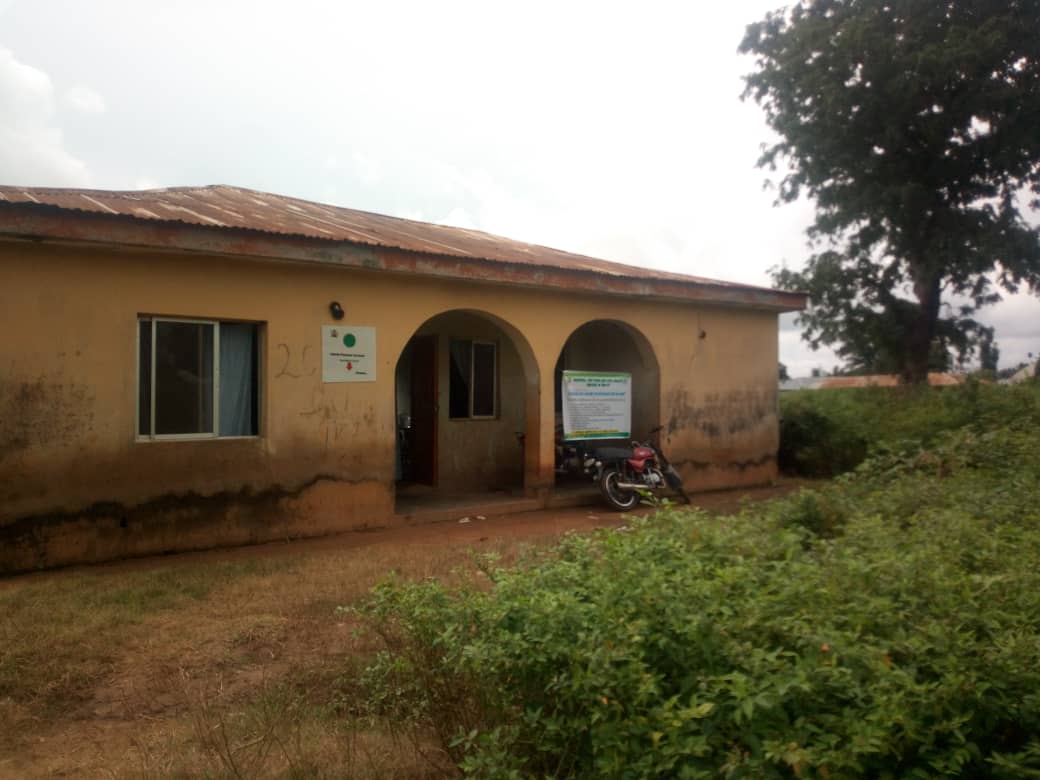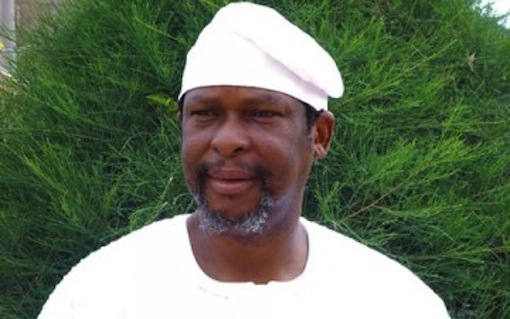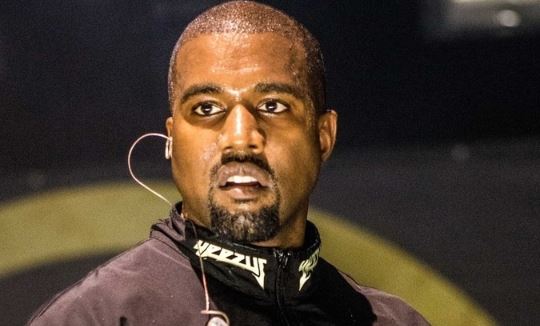BY CHINEDU ASADU
As the seventh most populous country in the world, with about 198 million citizens, the assumption would be that Nigeria will earn top spots among countries with the best health care system – at least in Africa. But sadly, the reverse has been the case. Over the years, the country’s healthcare – especially primary health care – is in dire straits, despite huge resources available.
During his recent visit to the country, Bill Gates, renowned philanthropist, captured Nigeria’s healthcare problem perfectly when he said it is one of the most dangerous places to give birth in across the world, having the fourth worst maternal mortality rate in the world ahead of only Sierra Leone, Central African Republic and Chad. According to him, one in three children in the country was chronically malnourished, deprived of a diverse diet and the services of a strong primary health care system.
His submission is also not far from the 2017 ranking of the health system in the country, placing it at 140th position out of 195 countries assessed. The Healthcare Access and Quality Index had looked at the accessibility of health care in the countries from 1990 to 2015, looking at the number of deaths from 32 causes that could have been avoided by ‘timely and effective’ medical care.
Advertisement
Regrettably, government investment in the country’s health sector has always been a sham. Over the years, the health sector has received far less than the recommended funding for healthcare in the world. In the 2018 budget, for instance, out of the N9.1 trillion budget, only N356 billion was allocated to the health sector, and at the receiving end of this gross under-funding is mostly the primary healthcare systems in the country.
As recently reported by TheCable, some of the primary health care centres (PHCs) in the federal capital territory, for instance, lack the commonest of facilities to keep them running. Checks reveal the government funding sparsely comes and when it does, it is usually far from what is enough to cater to the need of the communities. In most of the PHCs, the personnel bear the burden of lack of power supply, water and even the commonest of medical equipment.
At the Koroko PHC in Kwali local government area, but for the inscriptions and banners at the entrance, there is little to show that the structure is a health facility. From the lack of electricity to poor structures and unavailability of drugs, the place is as good as abandoned. This is also not far from what is on ground at the Dafa PHC, where health workers are left with no other option than conduct childbirth at great risk; using kerosene lanterns and torchlight for vision when there’s no power supply.
Advertisement
During his visit to the country, Gates harped on the need to push the country’s primary health care system to a more sustainable level. He highlighted key features of a functioning primary health system to be adequate funding, good facilities located in the right places, skilled and dedicated health workers, ample stock of essential equipment and medicines, and a mechanism for collecting the data needed to improve quality.
He is right, there is a great need to invest in and revamp primary health care. In 2010, the ministry of health said there were an estimated 23, 640 health facilities across the country and 85.5 percent of them were primary health care facilities.
For PHCs to leave their sorry state and for avoidable deaths to abate, the government should, for a start, deploy solar-generated electricity to the health facilities to aid their operations and keep them running at all times.
Chinedu Asadu is a senior reporter covering politics and development at TheCable.
Advertisement
Add a comment







